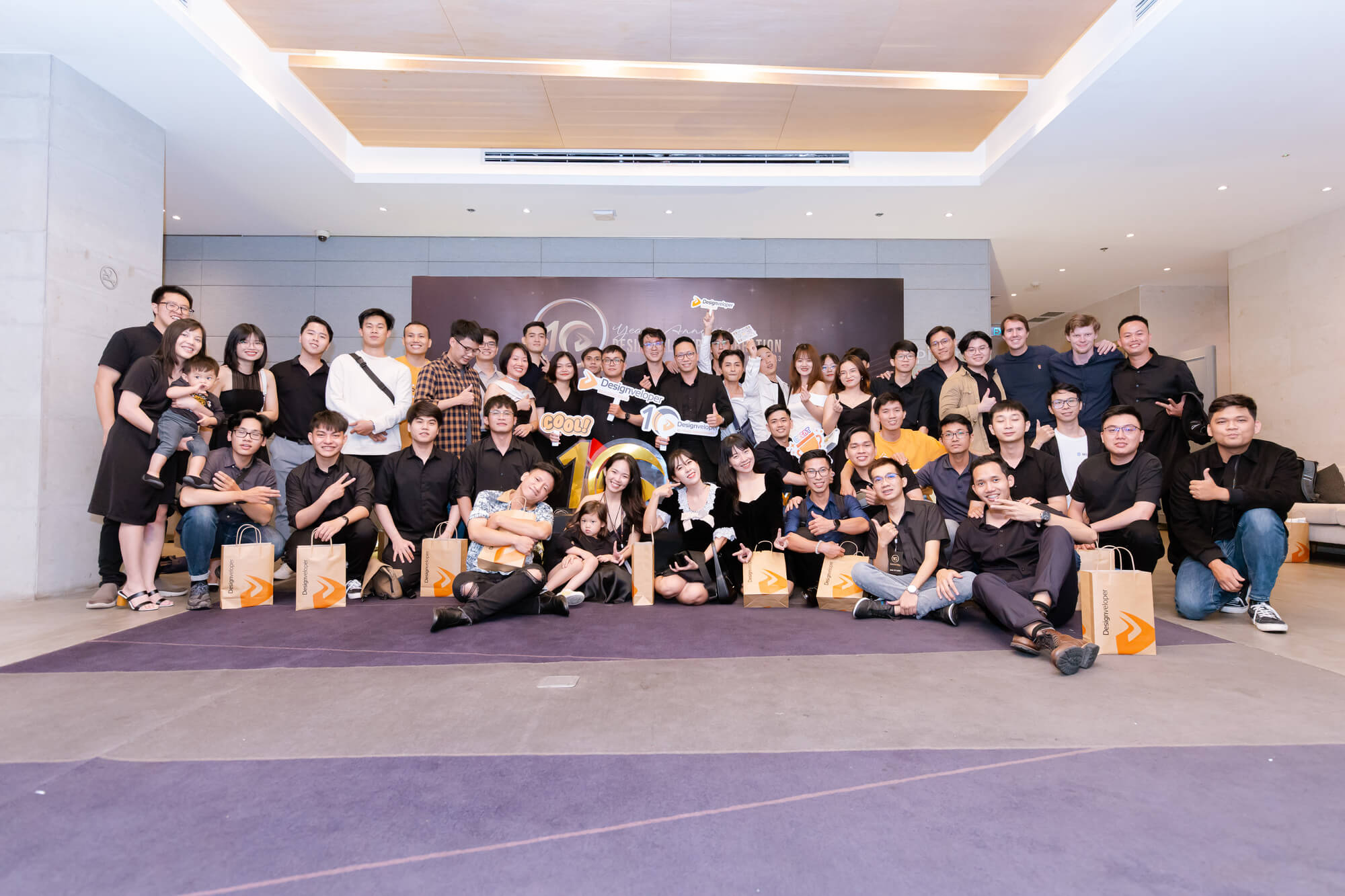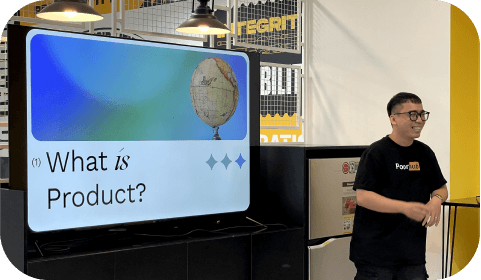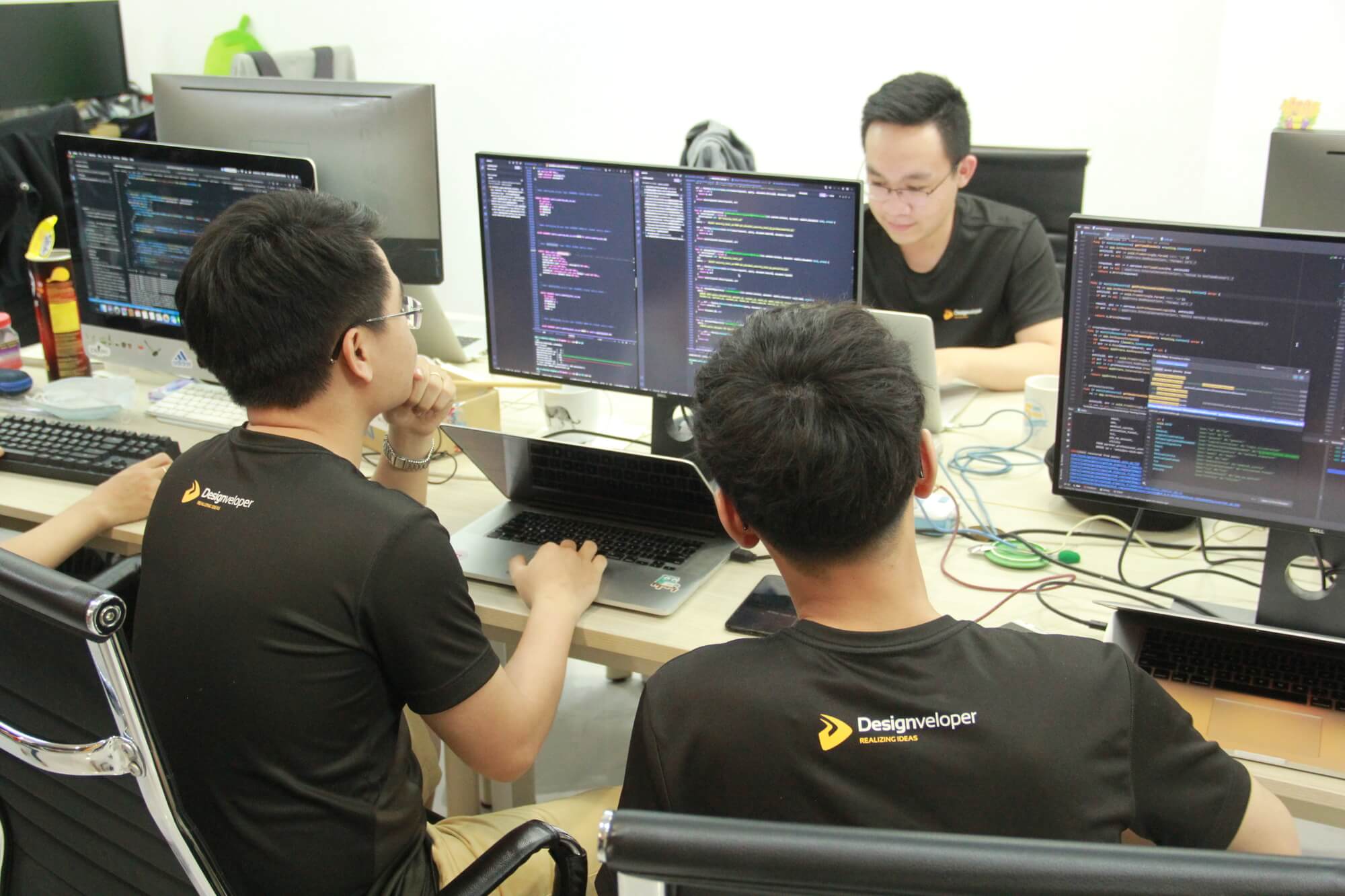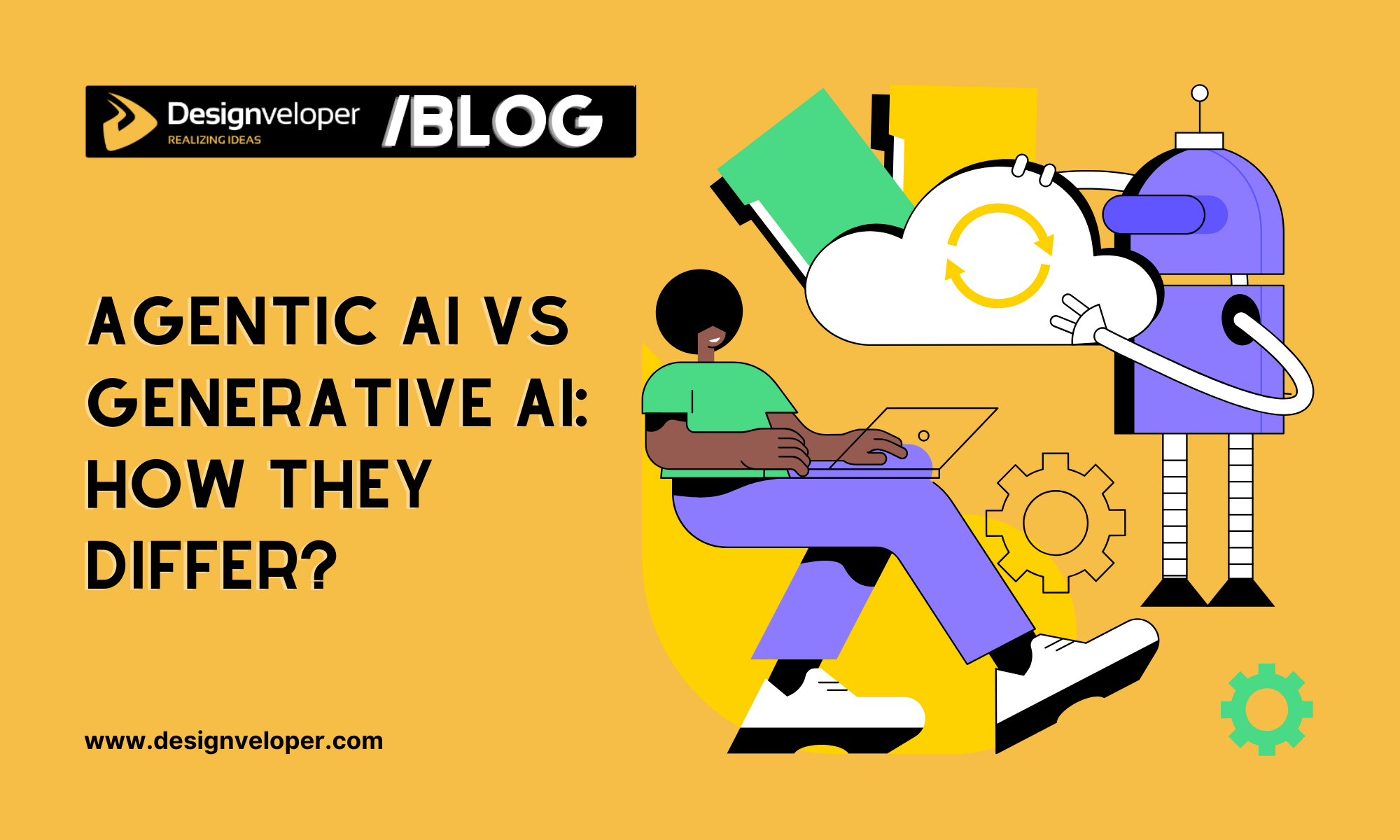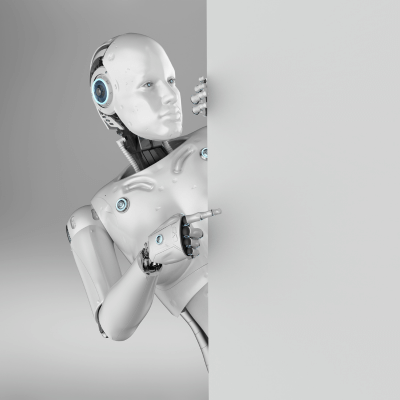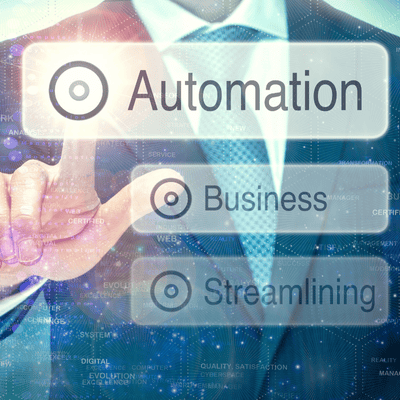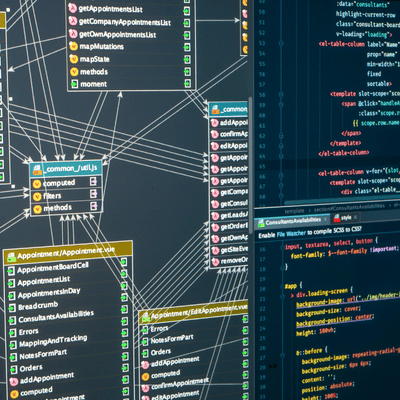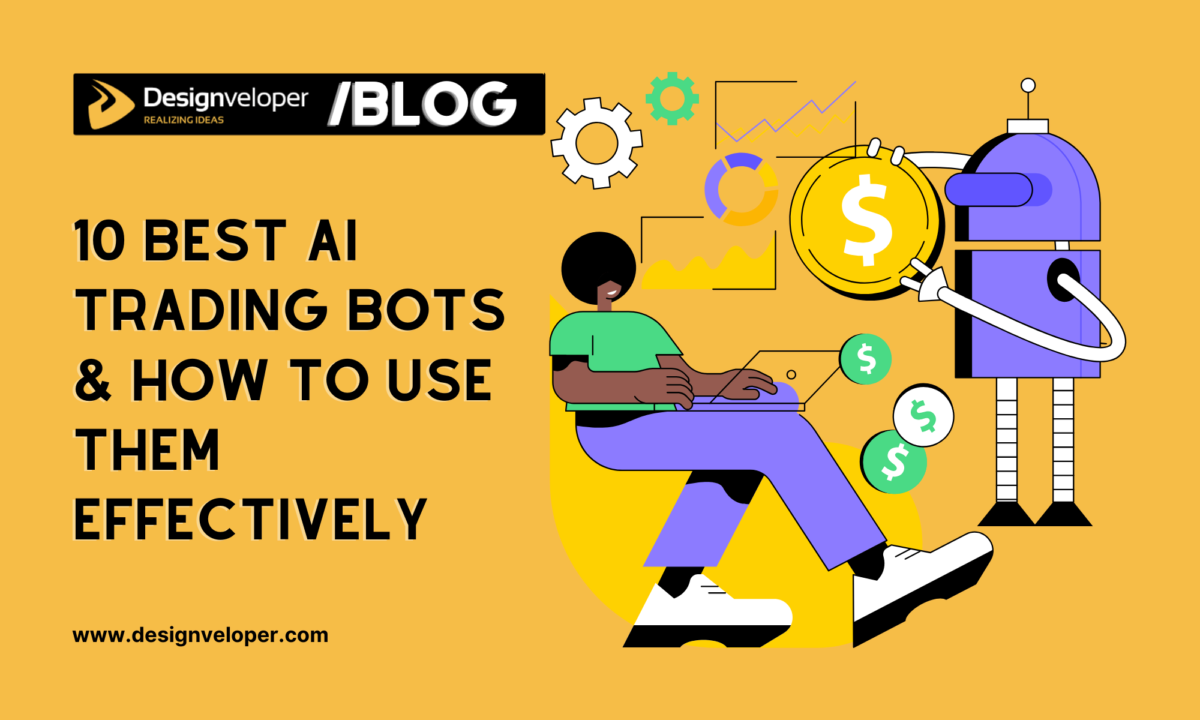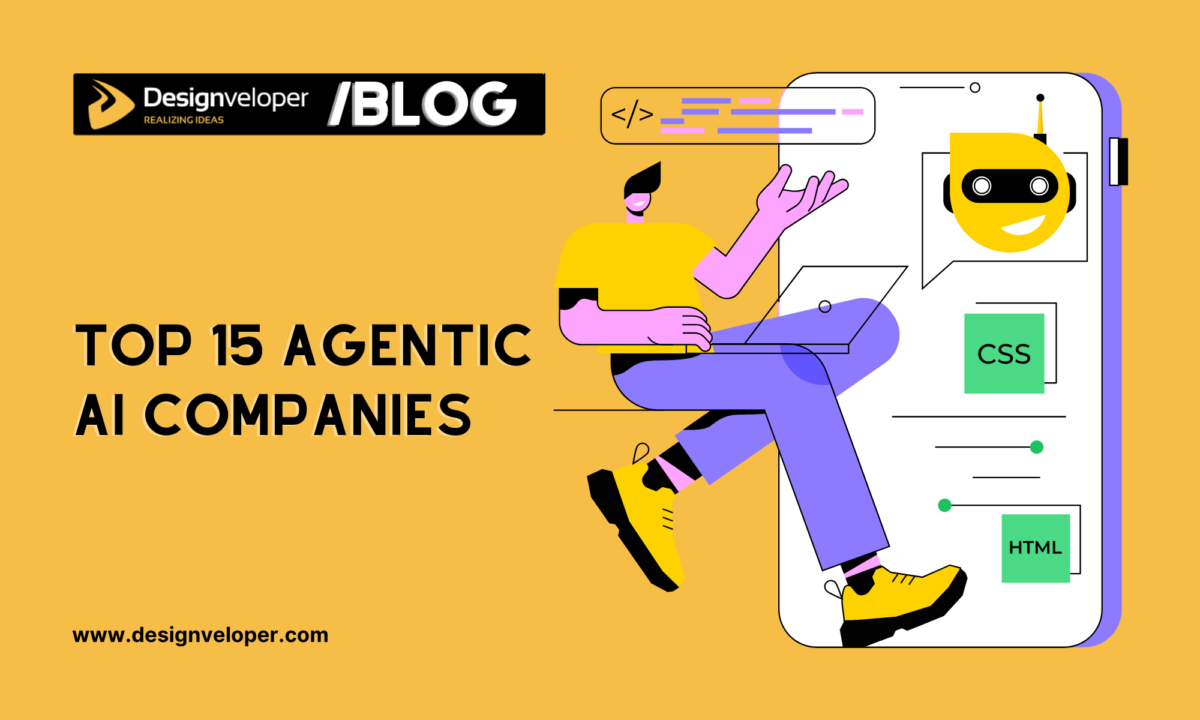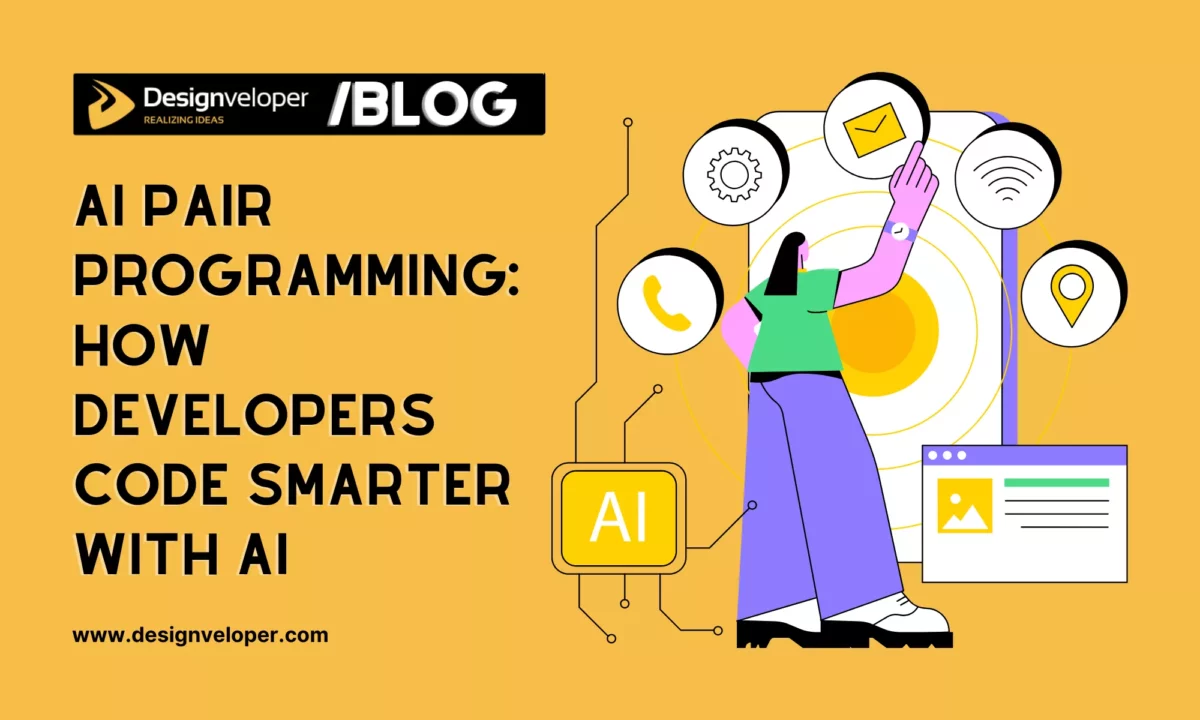
In recent years, we’ve witnessed significant leaps in AI capabilities. Along with this shift is the advent of two new concepts: Agentic AI and Generative AI. Despite being developed on the basis of AI, these two powerful paradigms still present several differences in terms of core characteristics and real-world applications. If you’re looking for a detailed document clarifying the different points of Agentic AI and Generative AI, don’t miss this article. Understanding these differences helps you choose the best AI approach for your business needs. Ready? Let’s dive in!
What is Generative AI?
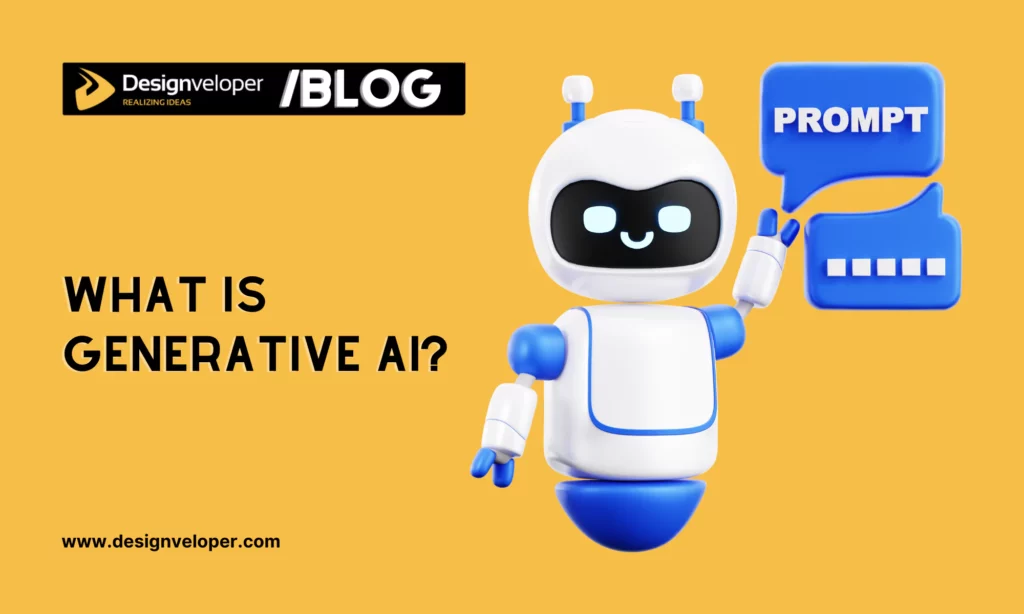
Generative AI, as we already know, is about new content creation. Unlike traditional AI systems that repeat what they’ve learned, generative AI models are capable of creating novel content based on your natural language prompts or input.
They’re considered “reactive systems.” It means they wait for you to prompt them, recognize the patterns and relationships in your input, and use what they’re trained to generate, for example, text, images, code, or audio. They can adjust their output based on your specific feedback to make it more aligned with what you’re looking for. Generative AI models can even predict what’s likely to happen next based on the patterns or trends they’ve seen before. Further, they can provide personalized recommendations to enhance customer experiences and boost productivity.
With these characteristics, generative AI is widely adopted across industries. For example, various companies, like Salesforce, integrate this advanced technology into chatbots to answer common questions around the clock and route customers to the right department. Meanwhile, eCommerce sites, like Amazon, use generative AI capabilities to suggest personalized products based on a customer’s browsing behavior and past purchases.
We individually use generative AI in our daily lives. Next time, when you use AI to write the next chapter for your Iron Man fan fiction, summarize a daily meeting, or generate a concept for a new product, remember that it’s the power of generative AI.
FURTHER READING: |
1. 20+ Best LangChain Alternatives for Your Projects 2025 |
2. RAG vs Fine-tuning: Which Is Better for Improving AI Models? |
3. Web Scraping with LangChain: Tutorial for Beginners |
What is Agentic AI?
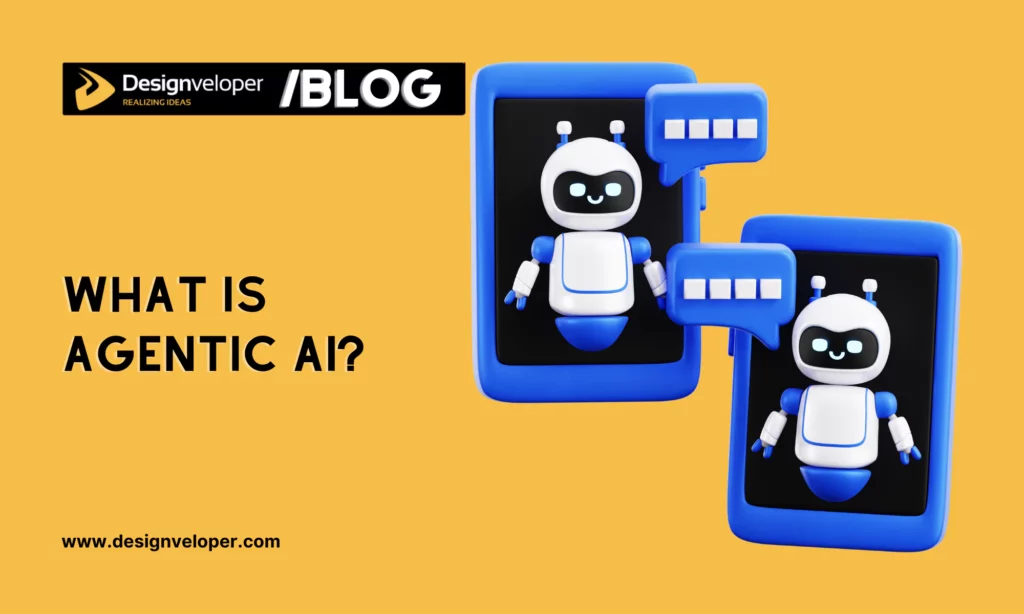
Generative AI, despite taking AI capabilities to a new height, doesn’t take further action beyond your prompts. Meanwhile, agentic AI has the capability to do so.
Agentic AI is not a reactive, yet proactive model that excels at executing a series of autonomous actions on behalf of humans or systems. Powered by large language models (LLMs), advanced machine learning, and natural language processing (NLP), agentic AI can perceive its surroundings and make decisions in alignment with the evolving environments with little human intervention. It can then learn from the mistakes or outputs to improve its decision-making. With this capability, agentic AI is not only responding to inputs but also acting with task-focused purposes.
Some typical examples of agentic AI are autonomous vehicles and automatic robots in manufacturing plants. Autonomous cars, for example, are equipped with sensors, actuators, and algorithms to detect objects around (e.g., obstacles or pedestrians on streets) to avoid traffic collisions. These vehicles also use traffic and weather data to identify the optimal route to avoid congestion.
Agentic AI is thriving in different industries, with an impressive CAGR of 45.56% from 2025 to 2030. The healthcare sector holds the largest market share of this realm. The automation capabilities of agentic AI have transformed patient monitoring, medical diagnostics, healthcare operations, and drug discovery.
However, AI models you’ve seen today are not purely agentic, as they haven’t reached the level of human experts. They can determine when to commit to courses of action based on predefined algorithms, objectives, and prompts given by humans. But they can’t intrinsically formulate their own. So that decisions are basically complex predictions or optimizations within a constrained scope.
What are the Main Differences Between Agentic AI vs Generative AI?
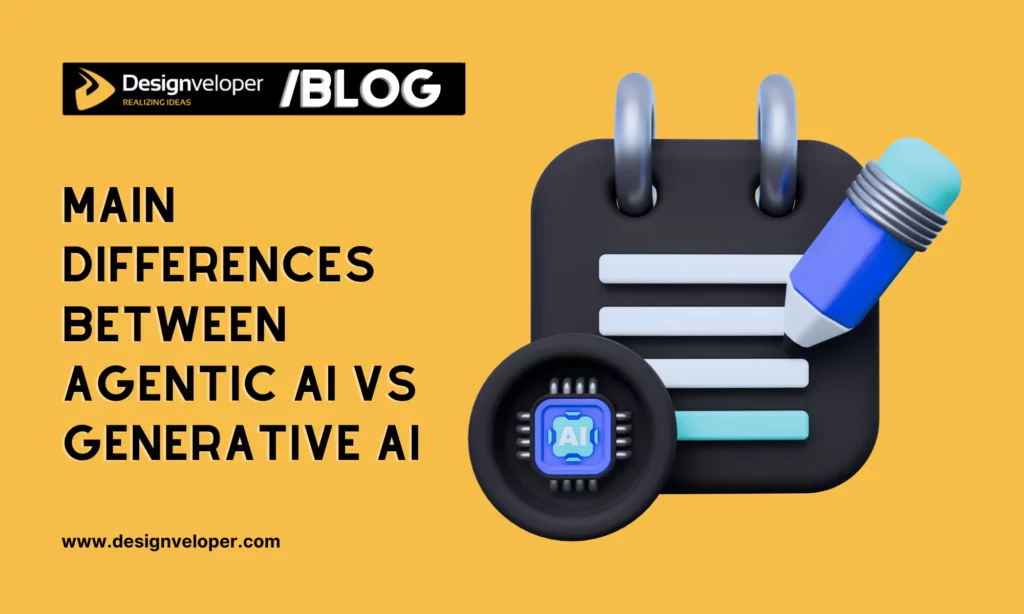
Our definitions of agentic AI and generative AI may give you a somewhat clear overview of their differences. Basically, they differ in their ultimate goals. Generative AI is all about creating something new, while agentic AI is about acting and achieving something particular.
The former is reactive and static. It generates outcomes based on the training data and input prompts. Generative AI can adapt its outputs to real-time or evolving changes, BUT if you prompt it to do so. In other words, whether you want to write essays or create images using generative AI, you still need to provide specific requirements for GenAI models to follow.
On the contrary, agentic AI is more dynamic and works towards multi-step goals. It automatically learns from its environment and modifies its actions accordingly with minimal human review or intervention. Agentic AI can do so thanks to its chain of thought reasoning powered by LLMs. This capability allows agentic AI to break down complex tasks into smaller, logical steps, like the way humans often think of solutions to a complex problem.
For instance, your company has a fleet of delivery vans and wants to deliver hundreds of packages across a city on a daily basis while minimizing fuel consumption. Based on real-time traffic, weather, and inventory data, an agentic AI system can dynamically plan and optimize delivery routes. The system, accordingly, produces a sequence of thoughts to resolve this problem as follows:
- First, I need to understand the current state (e.g., all current package destinations, the real-time location and availability of delivery vans, and delivery priorities).
- Now, I must gather real-time traffic data, weather forecasts, road traffic alerts, and even available parking at each destination stop.
- Next, I need to plan initial routes for each van, considering all the above criteria.
- I’ll simulate these routes to determine any potential issues and refine them accordingly.
- Now, I’ll dispatch the delivery vans and constantly monitor them in real time.
- I have to instantly reassess and adjust routes to minimize disruptions when something unexpected happens (e.g., vehicle breakdowns or a serious accident).
- After each delivery completion, I’ve analyzed performance data (e.g., driver feedback or fuel efficiency) to enhance my route planning continuously.
The Intertwined Future of Agentic & Generative AI
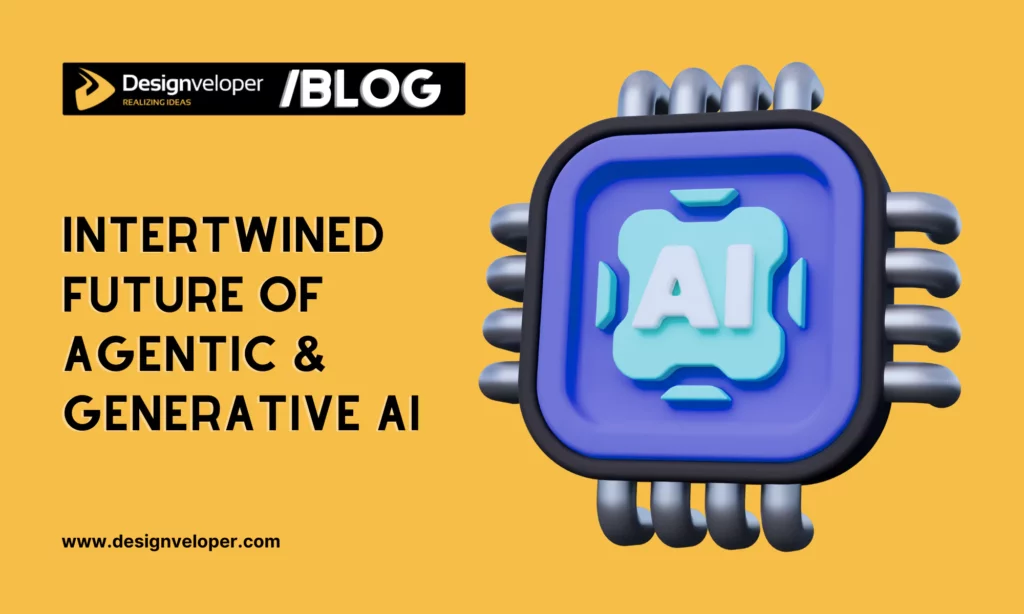
In the future, we predict that agentic AI and generative AI will develop further at a lightning speed. Generative AI models will become more capable and versatile in producing new content and offering hyper-personalized experiences for customers. Meanwhile, the future will witness more complex networks of specialized AI agents that work together to handle complex projects. For instance, one agent may manage data, and another optimizes processes, while the other can communicate with humans. This will help businesses resolve highly sophisticated and large-scale problems.
Besides, whether generative or agentic AI, it doesn’t work completely alone. Particularly, powerful systems combine these two AI approaches to help businesses achieve the best outcomes. For instance, Allegis Group – a global leader in talent solutions and services – deployed an AI-powered system that combines both generative and agentic AI capabilities to streamline its recruitment process. The system utilizes Salesforce Agentforce and Data Cloud to generate job descriptions, summarize and personalize interactions, automatically tag conversations, and build candidate profiles, among other functions.
Various AI solutions like DoNotPay (AI Legal Assistant) or SAP ERP are integrating these two powerful paradigms to propel AI capabilities and enhance efficiency to the fullest. In the future, we’ll see more in this combination. Generative AI is responsible for creativity, while agentic AI uses this creativity and its goal-driven reasoning to complete specific tasks. For example, in email marketing, systems can use GenAI capabilities to draft personalized emails and then use agentic AI to identify when to send them, to whom, and track whether they’re opened.
Conclusion: Streamlining Your Operations with Designveloper’s AI Solutions
When digging deep into the AI world, we’ll see that there are many interesting concepts around this term. Among them are generative and agentic AI. While the former is adept at generating something new, the latter excels at acting automatically to achieve something specific. Understanding these concepts helps you identify which AI approach is more suited to your business needs. However, various companies still choose to combine these two AI capabilities to achieve the most valuable outcomes.
Don’t you want to fall behind this AI game? Is your business encountering problems that need AI solutions to address? Are you looking for a trusted, experienced partner in this tech to build a tailored, scalable solution? If so, Designveloper is here to help!
We have deep technical expertise in using the latest AI technologies and advanced algorithms to create robust, high-quality solutions to your specific tasks. Further, we excel at integrating AI-powered chatbots into your current systems to automate mundane tasks, boost efficiency, and enhance user experiences. Say goodbye to operational bottlenecks with Designveloper’s AI solutions. Contact us now and discuss your issue further!






Read more topics
You may also like



















